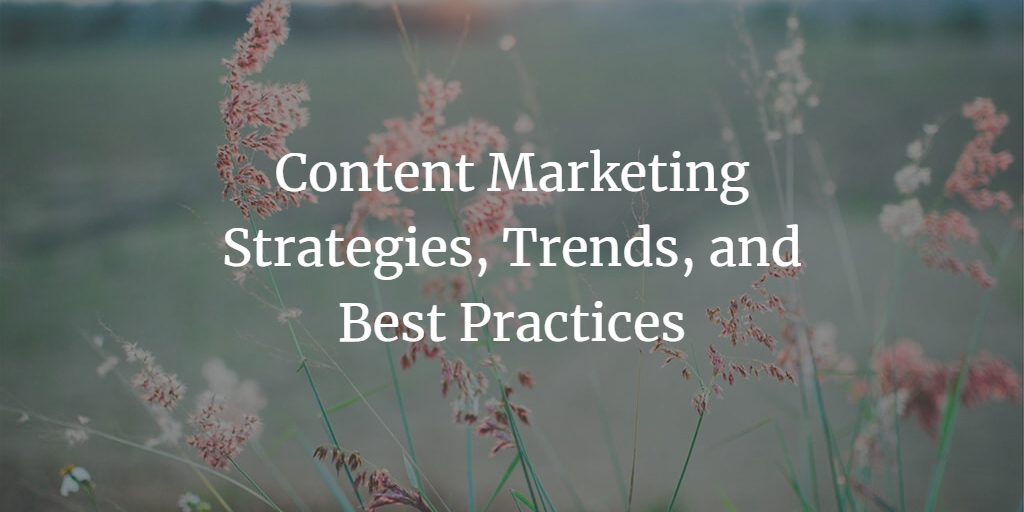
Table of Contents
Introduction
What is Content Marketing?
Benefits of Content Marketing
Content Marketing Strategy
Setting Goals
Identifying Your Target Audience
Content Audit and Gap Analysis
Content Types and Formats
Creating a Content Calendar
Content Creation Best Practices
Content Distribution and Promotion
Measuring Content Marketing Success
Content Marketing Trends in 2023
Conclusion
Introduction
Welcome to Content Marketing in 2023, a comprehensive guide designed to help you navigate the ever-evolving landscape of content marketing and harness its potential to engage audiences, drive conversions, and maximize ROI in the coming year.
What is Content Marketing?
Content marketing is the strategic process of creating, distributing, and promoting valuable, relevant, and consistent content to attract, engage, and retain a clearly defined audience — ultimately driving profitable customer action.
Benefits of Content Marketing
Content marketing offers numerous benefits, including:
Building trust and credibility with your audience
Attracting organic traffic through improved search rankings
Driving conversions and generating leads
Establishing thought leadership and industry expertise
Nurturing customer relationships and loyalty
Content Marketing Strategy
A well-defined content marketing strategy is essential for success. Follow these steps to create an effective strategy for your business:
Setting Goals
Define clear, measurable goals that align with your overall business objectives. Common goals include increasing brand awareness, generating leads, driving sales, and retaining customers.
Identifying Your Target Audience
Understand your ideal customers' demographics, interests, pain points, and preferences to create content that resonates and provides value.
Content Audit and Gap Analysis
Evaluate your existing content to identify strengths, weaknesses, and opportunities for improvement. Use a gap analysis to uncover content areas that need further development.
Content Types and Formats
Determine the most effective content types and formats for your audience and goals. Popular formats include blog posts, videos, podcasts, infographics, and webinars.
Creating a Content Calendar
Develop a content calendar to plan, schedule, and manage your content production and publication. This helps maintain consistency and ensures a diverse mix of content topics and formats.
Content Creation Best Practices
Follow these best practices to create high-quality, engaging content:
Focus on providing value and addressing your audience's needs
Use storytelling to make content more relatable and engaging
Ensure content is well-researched and backed by data
Maintain a consistent tone and style that aligns with your brand
Optimize content for SEO to improve search rankings and visibility
Content Distribution and Promotion
Effectively distribute and promote your content to reach your target audience and maximize engagement:
Share content across relevant social media platforms
Leverage email marketing to distribute content to subscribers
Use paid advertising (e.g., social media ads, Google Ads) to boost content reach
Collaborate with influencers and industry experts to expand your audience
Repurpose content for different platforms and formats to increase visibility
Measuring Content Marketing Success
Track and measure the performance of your content marketing efforts to evaluate success and optimize your strategy. Key metrics to monitor include:
Organic traffic and search rankings
Social media engagement (likes, shares, comments)
Email marketing performance (open rates, click-through rates)
Conversion rates and lead generation
Return on investment (ROI)
Content Marketing Trends in 2023
Stay ahead of the competition by embracing these content marketing trends in 2023:
Increased focus on video content and live streaming
The rise of voice search and optimizing content for voice assistants
Growing importance of user-generated content (UGC)
Personalization and hyper-targeted content for better audience engagement
Emphasis on long-form, in-depth content for improved SEO and user value
Conclusion
Content marketing will continue to be a vital component of digital marketing in 2023. By understanding the latest trends, implementing best practices, and measuring your efforts, you can create a content marketing strategy that drives engagement, conversions, and ROI for your business.


